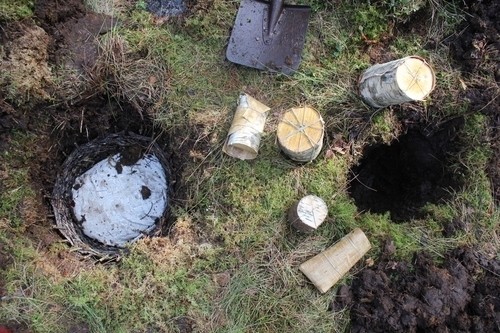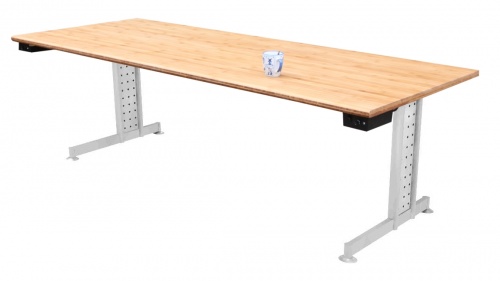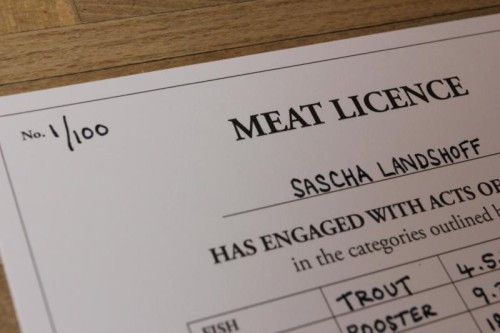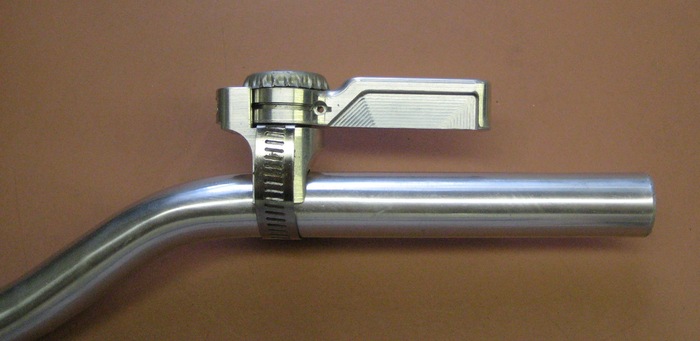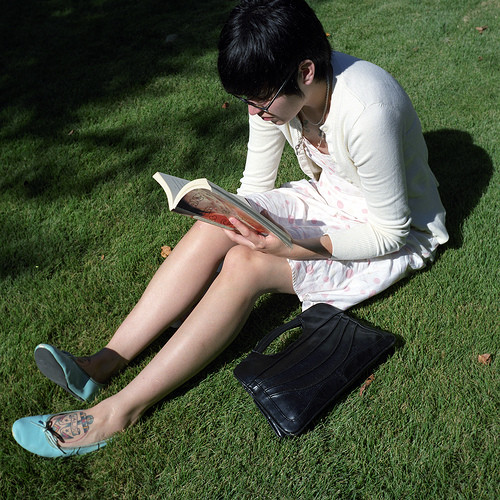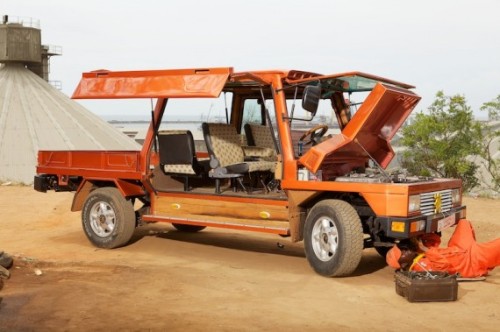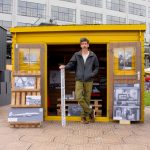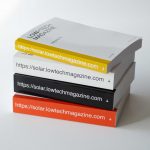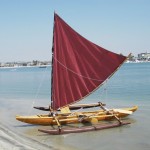“Bog butter is butter that has been buried in a peat bog. Over 430 instances of bog butter have been recorded. Of these, 274 have been found in Scotland and Ireland since 1817. The earliest discoveries are thought to come from the Middle Iron Age (400-350 BC), though this does not exclude the possibility of much more ancient roots. More recently one firsthand account tells of butter being buried for preservation in Co. Donegal 1850-60. In 1892, Rev. James O’Laverty, an advocate of the argument that the butter was buried for gastronomic reasons, dug some butter into a ‘bog bank’ and left it for eight months. His experiment was carried out in much the same spirit as ours – for analytical purposes and not for a cultural or preserving motive.”
“Peat bogs are, by their nature, cold, wet places; almost no oxygen circulates in the millennia-old build-up of plant material, which creates highly acidic conditions (our site had a pH of 3.5). Sphagnum moss bogs have remarkable preservation properties, the mechanisms of which are poorly understood. Early food preservation methods have been researched extensively by Daniel C. Fisher, in relation to the preservation of meat. In an attempt to recreate techniques used by paleoamericans in North America, Fisher sunk various meats into a frozen pond and a peat bog.
“A key finding from his research is that after one year, bacterial counts on the submerged meats were comparable to control samples which had been left in a freezer for the same amount of time. In fact, suitable foods can probably be aged in many types of soil: salt-rich that will provide dehydration, very cold/freezing that will freeze foods or slow degradation, or, as in our case, anaerobic and acidic conditions to prevent microbial action and oxidation. To our canny ancestors, this preserving characteristic provided an ideal place to bury foods.”
Read more: Bog Butter: a gastronomic perspective. Via The Year of Mud. More low-tech food preservation.
Update: Root Simple links to an interesting video about this primitive food storage technique. Thanks to Ruben Anderson.
